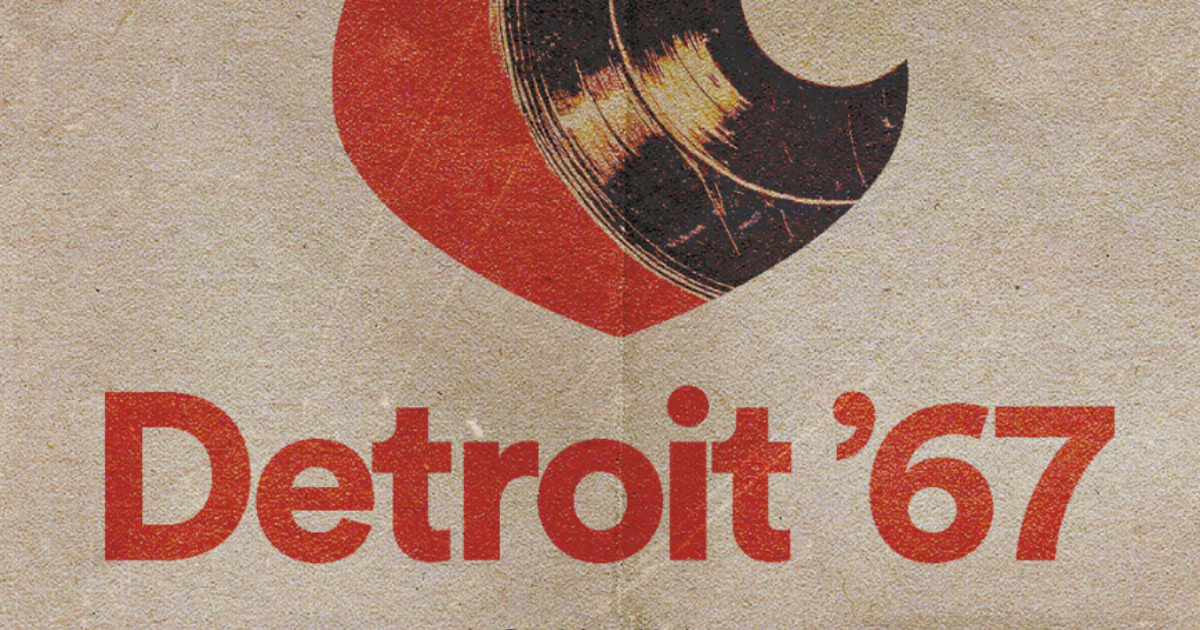Second-wave feminism taught us that “the personal is political” and the power of that truth underscores “Detroit ’67”, the first of celebrated playwright Dominique Morisseau’s Detroit Project, a trilogy of provocative, classically-structured dramas that each bring to life a pivotal moment in the history of Detroit, which, in turn, inevitably tells a larger American story at the intersection of race, class, and gender.
Written in 2013, the play, currently brought to life with stunning realness at Hope Repertory Theatre, captures the sexiness, the swagger, the joy, the promise, the precipice of change as well as the looming shadow of destruction in Detroit’s summer of 1967; and yet to see it produced in the summer of 2024 is also to realize how incredibly prescient the story’s exploration of racism and police brutality is for the ways its historical and personal truths resonate in the wake of the Black Lives Matter movement and a country that feels more divided by the minute.
It exudes both the light and the dark of our history as well as our present, and does so beautifully. In the tradition of classic American plays such as Lorraine Hansberry’s “Raisin in the Sun” and August Wilson’s “The Piano Lesson”, “Detroit ’67” is a family drama that looks closely at how societal pressures and injustices affect working-class Black people.
The gripping drama plays out in the 12th Street basement of siblings Chelle (an extraordinary Sierra White) and Lank (with a heartfelt performance from Wesley Hodges), who’ve inherited the house in which they grew up and are hosting unlicensed after-hours parties to make a little extra money. They're no strangers to hustling to get by, and these joints are fueled by spiked Kool-Aid punch and Motown hits; all is well until Lank and his buddy Sly (magnificently played with charm and heart by Anthony J. Hamilton), who aspire to buy a legitimate bar behind Chelle’s back, rescue a white woman (portrayed by the excellent Paige Lang) who’s been beaten to a pulp by harboring her in the basement instead of risking bringing her to the hospital as two Black men with a white victim.
Despite Chelle’s better judgment, she lets the mysterious, squirrely Caroline stay and puts her to work helping host their late-night joints, which become even more popular once word spreads a white woman server is in the mix, as pointed out by in-the-know friend Bunny, played by the marvelous LaKesha Lorene who provides plenty of comic relief. But once corrupt police infiltrate the neighborhood the now historic “race riot” ensues causing irrevocable mayhem and tragedy, crushing dreams both large and small.
The play is wonderfully poetic, the word “trouble” planted throughout as a harbinger, carefully plotted situations and characters parallel one another, Motown hits symbolize emotion as well as irony, and even the character Sly speaks in rhyme at times. And of course Detroit of 1967 itself is a chronotope, both a place that provides the anchor of home for Chelle as well as the potential of being a Black Mecca for Lark and Sly, all amid the context of Vietnam, police brutality, and the promise of change and progress through Civil Rights and Black Power symbolized in the upward mobility of Motown’s popularity, Black ownership of real estate, and a new eight-track player to replace the old record player and 45s that unfailingly skip.
And at Hope Repertory Theatre under masterful direction from Bianca Washington Ciungan, this production makes good on all the promises of Morisseau’s stunning play. Every performance is a tour de force, every relationship real, these actors breathe life and heartfelt emotion into each moment, each carefully crafted line; and with exquisite technical choices, the time, place, and cultural signifiers of 1967 Detroit come alive.
Lindsay Webster’s single set full of Midcentury modern furniture and appliances dressed with period posters of figures from Joe Louis to The Supremes creates a sanctuary bunker with windows through which lighting designed by Mario Raymond effectively calls up flashing police lights and sirens (sound by Matt Tibbs) that symbolize the larger “bunch of trouble out there” both literal and figurative—that of the time, and that which continues today. In addition, King Ryan Singleton’s costumes are simply fabulous and effectively evoke the period, from white patent leather go-go boots to wide headbands and flip dos with all variations of mini dresses, halter tops, sparkly, psychedelic patterns and flared collars and jeans.
To be so thoroughly sensorily immersed in the time is to be transported in a way that invites total engrossment in the enthralling story—one that, no doubt, many members of the Michigan audience either remember or share family experiences of that world-changing summer in Detroit, but also brings new levels of empathy with this emotionally-provoking, personal tale that rings so true and so relevant. To step into this heartfelt journey with these very real characters is to literally laugh and cry with—as well as love—them.
That is the transformative potential of theatre this good. Don’t miss this opportunity to go back in time to remember who we are, to witness and experience exceptional art that is hugely joyful, speaks truth to power, and connects us by our humanity.
Detroit '67
Hope Repertory Theatre
July 12-Aug. 2
hope.edu





